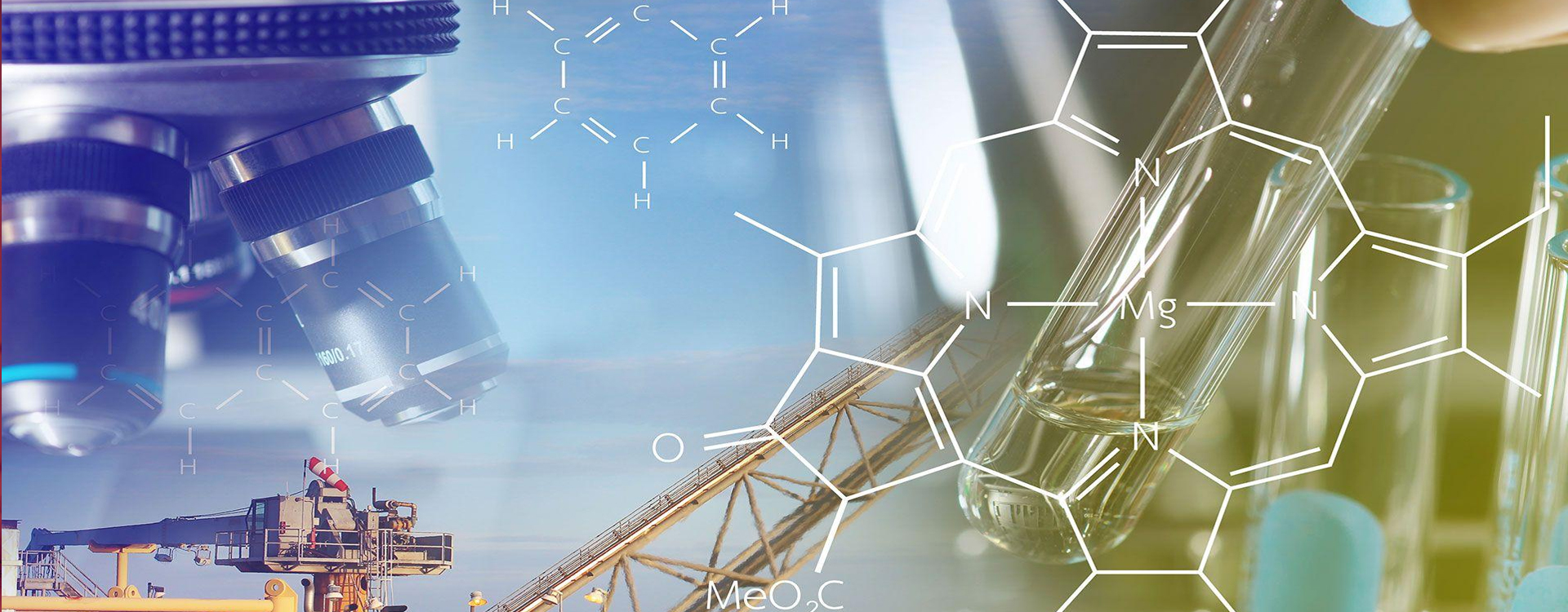Seminar Details
Nanomaterials play a pivotal role in advancing diverse fields such as electronics, medicine, energy, and environmental science. Among these materials, ionic iron oxide nanoparticles (IONPs), such as Fe₃O₄ and &beta-Fe₂O₃, are the most widely used. The present work aims to synthesize ferrimagnetic nanoparticles (FMNPs) and oleic acid-coated FMNPs (OAFMNPs) for enhancing the lithium-ion battery (LiB) thermal management, enhanced oil recovery in carbonate reservoirs and adsorption of malachite green for the wastewater treatment. In this work, FMNPs were synthesized using different wet chemical synthesis methods. As obtained from the XRD analysis, the FMNPs had an average crystallite size of 8-27.6 nm. The experimentations observed that the FMNPs obtained through CCPM exhibited a stable cubical shape of 11.80 nm. On the other hand, FMNPs prepared by the HM showed higher magnetic strengths of 89.34 emu/g with a suitable particle size distribution of -24.43 mV. The DXRD of OACFNPs was 20.96 nm, and the particle size was 17 nm. In a magnetic field, the OACFNPs exhibit a remarkable MS value of 73.18, indicating a high degree of magnetization. The low HC value of 0.02404 Oe suggests they are easily demagnetized and magnetized. The zeta potential values of the dispersed OACFNPs from 1-5 w/v % oleic acid, denoted as S1 to S5, and the uncoated FMNPs (S6) exhibit negative values (-3.5, -9.04, -8.61, -11.5, -17.14, and -28.09 mV). At a 3% concentration, spontaneous imbibition experiments revealed a reduction in contact angles from 140° to less than 90° and improved capillary forces. By enhancing rock wettability and capillary forces, OACFNPs promote hydrocarbon recovery and oil production in ferrofluid spontaneous imbibition experiments. The synthesized OACFNPs were incorporated with CaCl2.6H2O for the thermal management of LiBs. At concentrations ranging from 2-5 w/v %, there is an increasingly prominent peak at 35.03°, which corresponds to the (311) crystal plane. The peak intensity observed at 35.03° indicates the successful integration of OAFMNPs into the crystalline structure of CaCl₂·6H₂O. The DSC data reveals a slight decrease in the melting onset temperature, going from 36.1°C to 35.2°C, along with a reduction in the enthalpy of melting, dropping from 209.65 J/g to 185.57 J/g. When 4 wt% of OAFMNPs were added to CaCl₂·6H₂O, there was a noticeable increase in thermal conductivity by 10% and a considerable improvement in heat dispersion efficiency by 15%. These improvements exceeded the performance of pure CaCl₂·6H₂O. These modifications enhanced the capacity of the LIBs to control temperature, leading to a reduction of up to 8°C in their highest working temperature and were stable for 100 thermal cycles. The FMNPs were used for the batch studies of MG adsorption. The effect of solution pH, initial MG dye concentration, contact time, FMNP dosage, and temperature were investigated. A removal of 98.814% and a maximum adsorption capacity of 606.06 mg/g was attained under optimum conditions of pH 12, MG dye concentration 50 mg/L, contact time 90 min, the dosage of 0.2 g/L, and at 328.15 K. MG dye adsorption using FMNP best fits the Langmuir isotherm and pseudo-second-order kinetics. MG dye-loaded FMNP was highly stable for 14 cycles with a reduction of around 20%.


